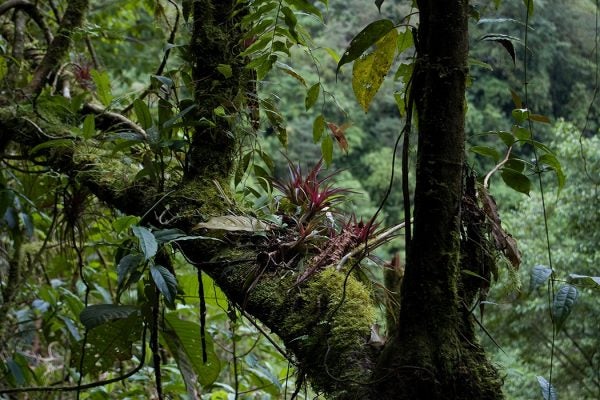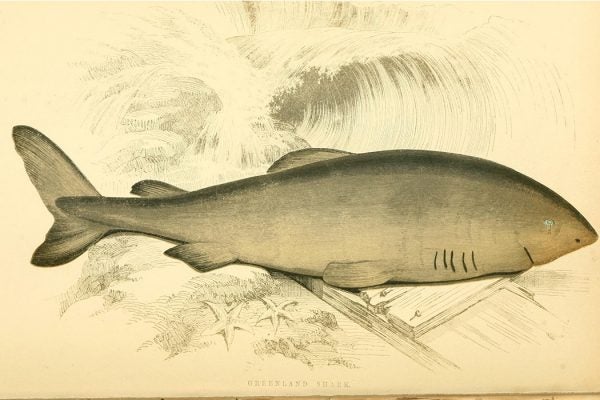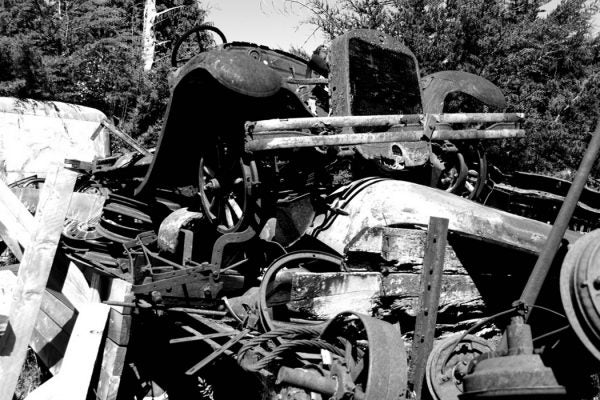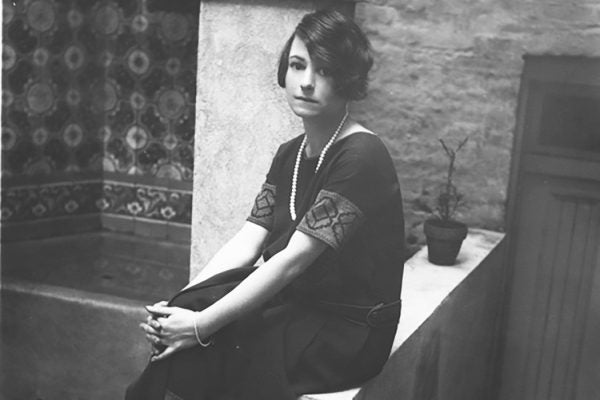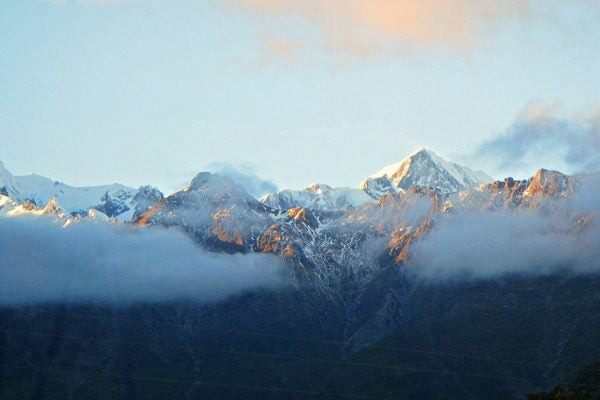How Ants Make Gardens in the Sky
You probably haven’t heard of ant gardens, but JSTOR has. High above neotropical rain forests, ants create elaborate nests, sharing them with epiphytes.
The Little-Known History of the Forced Sterilization of Native American Women
Jane Lawrence documents the forced sterilization of thousands of Native American women by the Indian Health Service in the 1960s and 1970s.
Slow, Steady, and Very, Very, Very Old
Why do Greenland Sharks and Pacific Rockfish live for hundreds and hundreds of years?
Suggested Readings: Hot Olympics, Harlem Politics, and Trump Talk
Extra Credit: Our pick of stories from around the web that bridge the gap between news and scholarship. ...
What Birds, Coyotes, and Badgers Know About Teamwork
Mutualism is a relationship between organisms where both benefit.
Putting Garbage Out of Sight
Recycling has always been something most people would prefer to keep at arm's length.
How Dorothy Parker Changed Lyric Love Poetry Forever
Today is Dorothy Parker's birthday, so you should probably have a martini or two in celebration.
The Struggle for Hawai‘i
Hawai‘i has been a state for fifty-seven years, but its history goes back much further.
Architecture as Nationalism in Accra, Ghana
Recent interest in Ghana’s thriving cultural production make the city’s distinctive historical architecture even more relevant.
How to Make It Rain
The United Arab Emirates is looking into building an artificial mountain in order to stimulate rain. Will it work?
